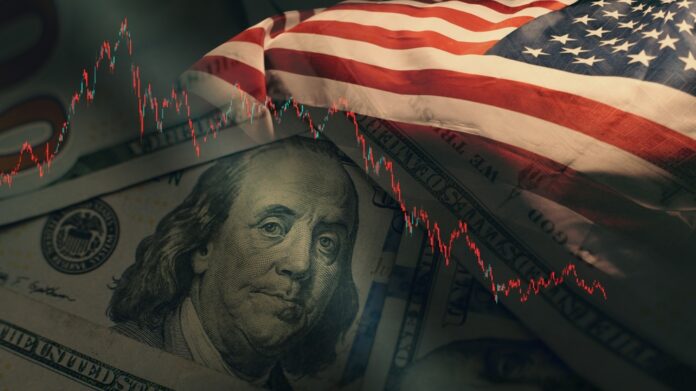The U.S. dollar edged higher early Wednesday, hovering near a two-week peak against major peers, after President Donald Trump reignited trade tensions by announcing plans to impose a 50% tariff on copper imports.
As of 04:45 ET (08:45 GMT), the U.S. Dollar Index rose 0.1% to 97.267, following a move to its highest level since June 25 in the previous session.
The greenback benefited from renewed safe-haven demand after Trump signaled further tariff actions—this time targeting copper, semiconductors, and pharmaceuticals. He also announced that a list of seven countries “related to trade” would be released Wednesday, with additional nations named later in the day. This follows Monday’s announcement of steep tariff hikes on imports from 14 countries, including Japan and South Korea.
Markets Eye Fed Minutes for Policy Clues
Beyond trade headlines, investors are focused on the Federal Reserve’s meeting minutes, due later today. In June, the Fed kept rates steady at 4.25%–4.5%, maintaining a cautious stance as officials assessed the economic fallout from Trump’s trade measures.
Analysts at ING noted that the minutes may show dissent from Fed members Bowman and Waller, who later signaled dovish views publicly. “If the minutes reveal broader dovish sentiment, the dollar could weaken as expectations for a rate cut this summer would firm,” ING stated.
Euro Slips as U.S.-EU Tensions Grow
The euro weakened, with EUR/USD falling 0.2% to 1.1703, as Trump’s tariff threats cast a shadow over ongoing U.S.-EU trade talks. While tariffs on the EU would mark a notable escalation, ING analysts noted that any impact on EUR/USD may be limited, as markets still expect a deal before the August 1 deadline. The pair is likely to remain within the 1.16–1.18 range unless upcoming U.S. data significantly deviates from expectations.
In contrast, GBP/USD climbed 0.2% to 1.3595, as the U.K.’s existing trade deal with the U.S. shielded the pound from broader trade-related uncertainty.
Asian Currencies Mixed on Economic Data and Policy Updates
In Asia, USD/JPY rose 0.1% to 146.70, while USD/CNY also gained 0.1% to 7.1813 after China’s CPI ticked higher in June. Modest gains in consumer prices were attributed to government subsidies and a slight easing in trade tensions.
The Australian dollar held firm, with AUD/USD up 0.1%, building on Tuesday’s rally after the Reserve Bank of Australia unexpectedly kept interest rates unchanged.
Meanwhile, NZD/USD also added 0.1% to 0.6002, following the Reserve Bank of New Zealand’s decision to hold rates steady. However, the central bank signaled a potential rate cut if inflation continues to decline, keeping market sentiment cautious.



